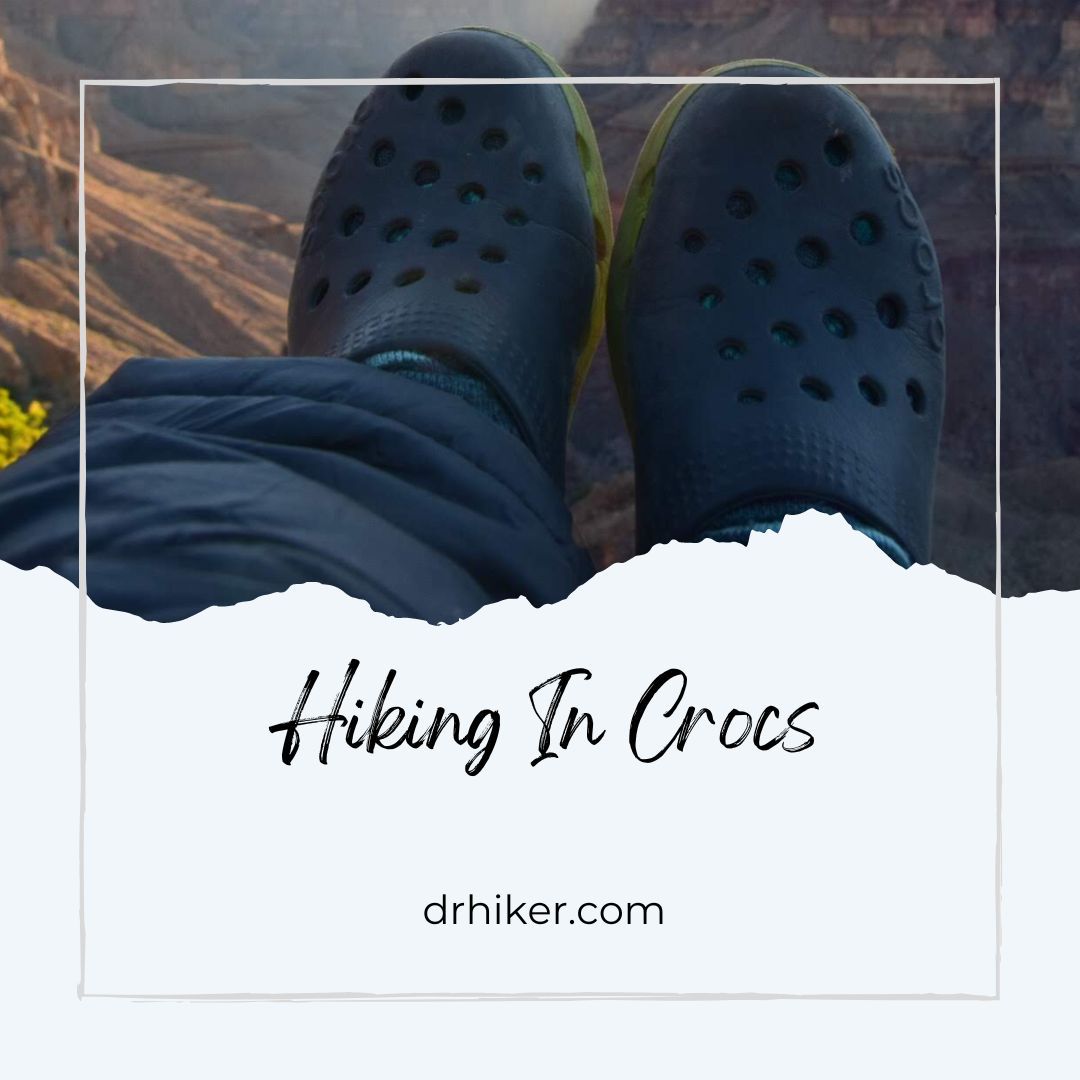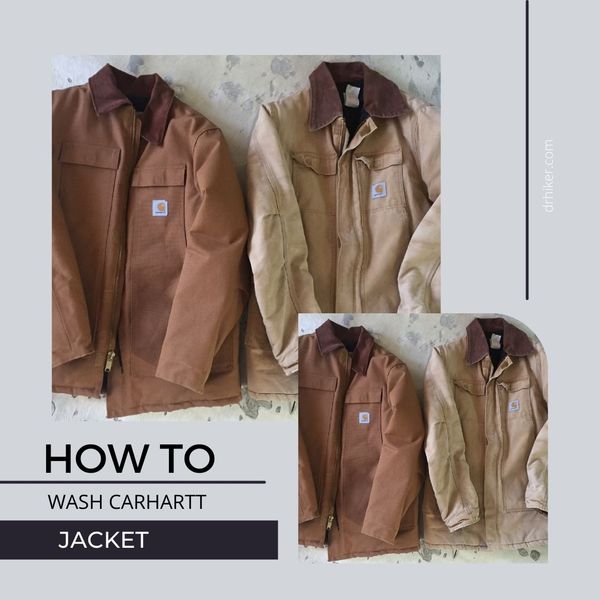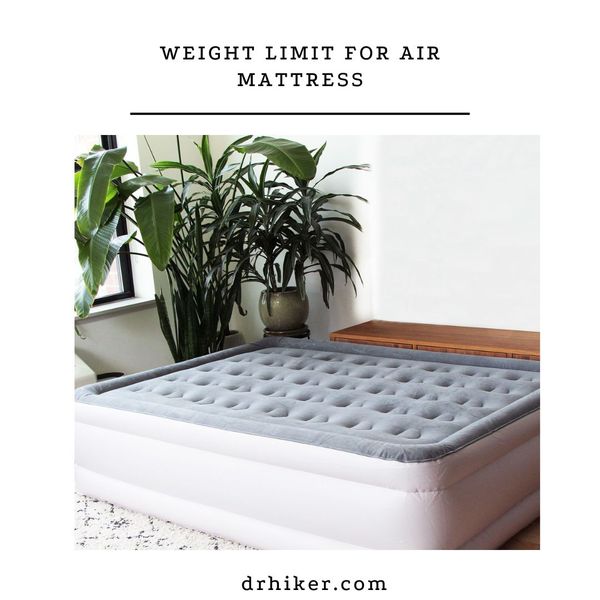However, their versatility and unique features make them an intriguing option for hiking enthusiasts seeking a fresh approach. But what do people think about hiking in Crocs? We'll provide a public opinion, share personal experiences, and shed light on the pros and cons of this unexpected choice.

Beyond dispelling myths and misconceptions, this article aims to educate and empower readers with knowledge about hiking in Crocs. By understanding the challenges and benefits of this unconventional footwear, you'll be equipped to make an informed decision for your hiking adventures. So, lace up your curiosity and get ready to explore the world of Crocs on the hiking trail.
Outdoor adventures encompass hiking and skiing, where appropriate clothing is vital, like consuming the right food. When it comes to skiing, one question that arises is what to wear under ski pants. Selecting the ideal attire for optimal comfort, warmth, and functionality is just as crucial as nourishing your body with the right sustenance.
Examining Crocs Usage Among 500 Hikers - Insights and Trends
In this study, we surveyed 500 hikers to investigate the usage and trends of Crocs as a preferred footwear choice. By analyzing the responses from these participants, we aim to gain valuable insights into how hikers incorporate Crocs into their outdoor adventures.
Insights and Trends: Crocs Usage Among Hikers
Hiking Boot Dominance
- Over 50% of the surveyed hikers strongly preferred hiking boots, highlighting their popularity as the go-to footwear choice for outdoor adventures. This indicates that durability, ankle support, and ruggedness are valued attributes among hikers.
- Growing Popularity of Running Boots
- Approximately 40% of the respondents preferred running boots, indicating a rising trend in using lightweight and versatile footwear for hiking. Running boots offer agility and comfort, making them an appealing option for hikers seeking a blend of performance and mobility on the trails.
Crocs' Unexpected Appeal
- Interestingly, 8% of the hikers surveyed preferred wearing Crocs during their hiking adventures. This highlights the unconventional yet growing interest in utilizing Crocs as outdoor footwear. Crocs' lightweight nature, breathability, and quick-drying properties may attract hikers seeking comfort and convenience on less challenging terrains or during water-based activities.
Niche Appeal of Hiking Sandals
- 2% of the participants reported a preference for hiking sandals. Hiking sandals provide breathability and allow for greater ventilation during warm weather hikes. They are particularly suitable for trails with water crossings or when a lighter footwear option is desired.
Trends
- The dominance of hiking boots as the preferred choice among hikers showcases the enduring popularity of sturdy and supportive footwear for tackling challenging terrains.
- The growing interest in running boots for hiking indicates a shift towards lighter and more agile footwear options that still provide the necessary performance and durability.
- The emerging trend of hikers opting for Crocs highlights a desire for comfort and convenience in certain hiking scenarios. Crocs' unique features make them a viable choice for less demanding trails or specific outdoor activities.
- The niche appeal of hiking sandals indicates that hikers are exploring specialized footwear options for specific trail conditions or personal preferences.


Choosing the Right Crocs for Hiking

When selecting the right Crocs for hiking, a few key factors must be considered to ensure comfort and functionality during your outdoor adventures. While Crocs may not be the traditional choice for hiking, their unique features can make them a viable option for certain hiking scenarios. Here are some important considerations to keep in mind when choosing Crocs for your hiking endeavors:
Durability and Traction
- Look for Crocs models specifically designed for outdoor activities or hiking. These models often feature rugged soles and durable construction, providing better traction and grip on different terrains.
Support and Stability

- Opt for Crocs with adjustable straps or a secure fit that can provide stability and support during hiking. This helps prevent your feet from sliding or slipping inside the shoes, reducing the risk of discomfort or injuries.
Water-Friendly Properties
- If you anticipate encountering water crossings or wet conditions, choose Crocs that are water-friendly and quick-drying. These models are typically made from materials that can withstand moisture and are easy to clean.
Comfort and Cushioning
- Consider the level of comfort and cushioning provided by the Crocs you choose. Look for models with enhanced arch support and adequate padding to ensure long-lasting comfort during extended hikes.
Terrain and Trail Difficulty
- Evaluate the type of trails you plan to hike and their difficulty level. Crocs are generally more suitable for easier or well-maintained trails than rugged or technical terrains. Keep in mind the limitations of Crocs in terms of ankle support and protection against sharp rocks or debris.
Personal Preference and Fit
- Ultimately, finding the right Crocs for hiking depends on preference and fit. Try on different models and sizes to ensure a proper fit that offers ample toe room and a secure feel. Everyone's feet are unique, so choose the style and size most comfortable for you.
Pros And Cons Of Hiking In Crocs
Here's an expanded chart with additional pros and cons of hiking in Crocs:
Tips for Hiking in Crocs - Maximizing Comfort and Safety on the Trails
- Choose the Right Crocs: Opt for Crocs specifically designed for outdoor activities or hiking. Look for models that offer durability, support, and traction suitable for hiking terrain.
- Wear Proper Socks: Pair your Crocs with moisture-wicking and cushioned hiking socks to enhance comfort and prevent blisters. Avoid cotton socks as they tend to retain moisture.
- Consider Trail Conditions: Assess the difficulty level and terrain of your hike. Crocs are best suited for well-maintained trails or water-based activities. Avoid using them on rugged or technical terrains that require more stability and protection.
- Pay Attention to Fit: Ensure your Crocs fit properly to prevent discomfort and blisters. Consider the size, width, and adjustability features (like straps) to achieve a secure fit that minimizes slippage.
- Take Breaks When Needed: Crocs may need more support than hiking boots. Take regular breaks to rest your feet and stretch your muscles during longer hikes.
- Avoid High-Impact Activities: Steer clear of activities that involve significant impact or require quick movements, as Crocs may not provide the necessary stability and protection.
- Be Mindful of Traction: Crocs may have limited traction on slippery or loose surfaces. Exercise caution when navigating these terrains to prevent slips or falls.
- Protect Your Feet: Be mindful of potential hazards on the trail, such as sharp rocks, thorns, or hot surfaces. Take extra care to avoid injuries since Crocs provide minimal protection compared to hiking boots.
- Be Prepared for Changing Weather: Keep in mind that Crocs provide minimal insulation and coverage. Pack additional footwear or gear to ensure comfort and safety in case of sudden weather changes or colder temperatures.
- Know Your Limits: Assess your own comfort level and hiking abilities. If you're attempting more challenging hikes or venturing into unfamiliar terrain, consider wearing more supportive footwear for better stability and protection.
Alternative Footwear Options Other Than Crocs For Hiking
While Crocs offers a unique and lightweight option for hiking, several alternative footwear choices provide different levels of support, protection, and versatility on the trails. Here are some popular alternatives to consider:
- Hiking Boots: Hiking boots are the traditional choice for outdoor adventures. They provide excellent ankle support, stability, and protection from rugged terrains, rocks, and debris. Look for boots with durable materials, a sturdy outsole, and waterproof features for added comfort and performance.

2. Trail Running Shoes: Trail running shoes are lightweight, agile, and designed for off-road running. They offer good traction, flexibility, and breathability, making them popular for hikers seeking a balance between comfort and speed. However, they may provide less ankle support compared to hiking boots.

3. Hiking Shoes: Hiking shoes are a middle ground between hiking boots and trail running shoes. They offer a balance of ankle support, flexibility, and durability. Hiking shoes are suitable for moderate terrains and day hikes where the added weight of hiking boots may not be necessary.

4. Hiking Sandals: Hiking sandals are an excellent option for warm-weather hikes, water crossings, or trails with a combination of land and water. They provide ventilation and quick-drying properties and allow for greater breathability. However, they offer less protection and support compared to other footwear options.

5. Approach Shoes: Approach shoes are designed for technical terrain and scrambling. They provide excellent grip, stability, and durability. These shoes suit hikers encountering rocky and steep terrains requiring precise foot placement and traction.

6. Barefoot Shoes: Barefoot shoes mimic the sensation of walking barefoot while providing minimal protection. They promote natural movement and proprioception but are recommended for experienced hikers who have developed foot strength and adaptability.

Safety Considerations for Using Crocs in Hiking
While Crocs can offer comfort and convenience during hiking, it's essential to consider the following safety considerations to ensure a secure and protected experience on the trails:
- Limited Ankle Support: Crocs generally lack ankle support from hiking boots or shoes. This can increase the risk of ankle twists or sprains, especially on uneven or challenging terrains. Take extra caution and be mindful of your footing to minimize the chance of injuries.
- Minimal Foot Protection: Crocs provide less foot protection compared to hiking-specific footwear. They offer limited defense against sharp rocks, thorns, or other trail hazards. Be vigilant and watch out for potential hazards to prevent injuries.
- Traction Limitations: Crocs may have limited traction on slippery or loose surfaces, increasing the risk of slips and falls. Use extra caution when traversing wet or slippery terrain and adjust your hiking pace accordingly to maintain stability.
- Debris Entry: The design of Crocs, with their open structure, makes it easier for debris such as rocks, sand, or twigs to enter the shoe. This can cause discomfort and potential foot injuries. Regularly check and remove any debris that accumulates in your Crocs while hiking.
- Inadequate Insulation: Crocs offer minimal insulation, which may need to be improved in colder weather conditions or during hikes at higher elevations. Wear additional layers or pack alternative footwear to ensure adequate warmth and protection if hiking in cooler temperatures.
- Trail Suitability: Crocs are best suited for well-maintained trails, water-based activities, or casual hikes with minimal technical challenges. Avoid using Crocs in rugged terrains, steep inclines, or trails with potential hazards that require more supportive footwear.
- Know Your Limitations: Understand your hiking abilities and limitations when considering Crocs as your footwear choice. If you plan to undertake more demanding hikes or traverse unfamiliar terrain, it's advisable to opt for footwear with better support, stability, and protection.
Conclusion
While hiking in Crocs can offer a unique and lightweight experience, it's important to consider the limitations and safety considerations they present. Crocs are best suited for well-maintained trails, water-based activities, and casual hikes. However, for more challenging terrains or longer hikes, it's recommended to opt for footwear with better support, protection, and traction. Ultimately, choosing the right footwear for hiking depends on individual preferences, trail conditions, and the specific demands of your outdoor adventure.








